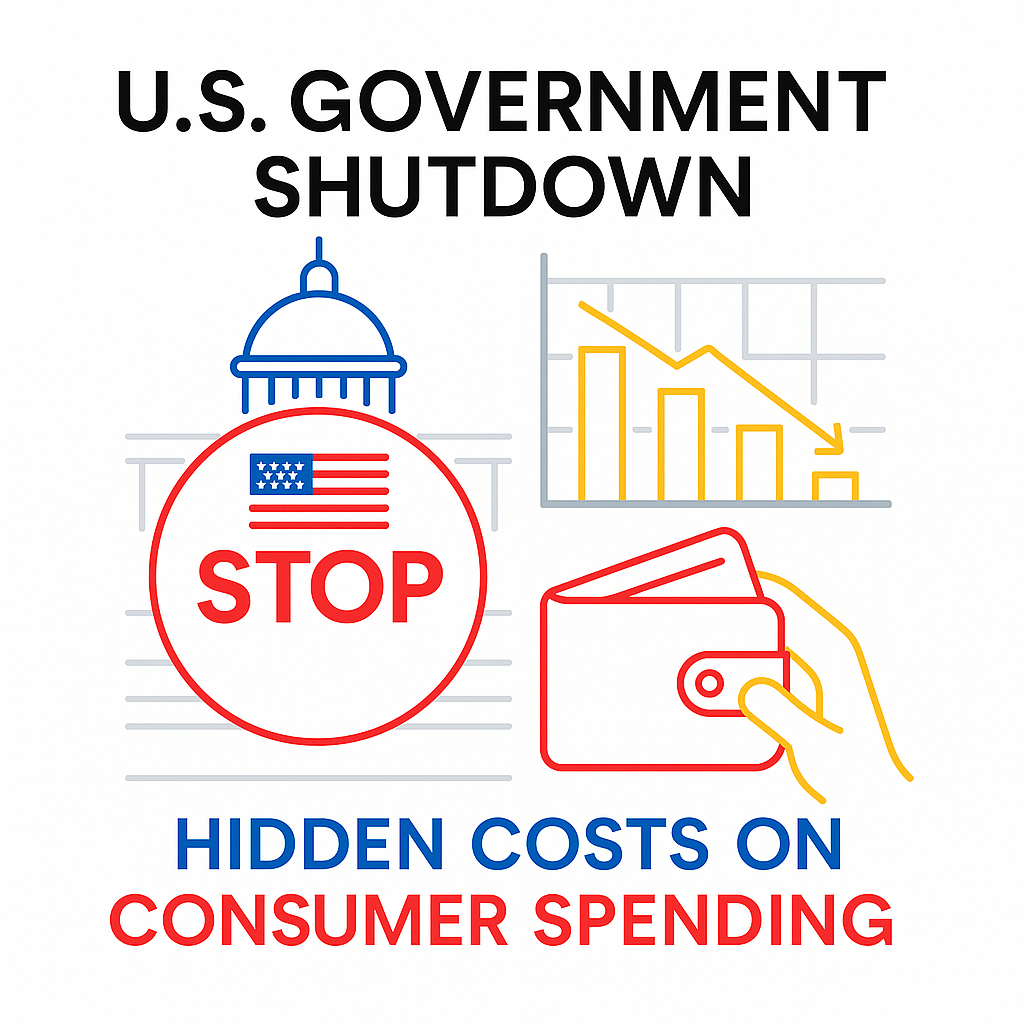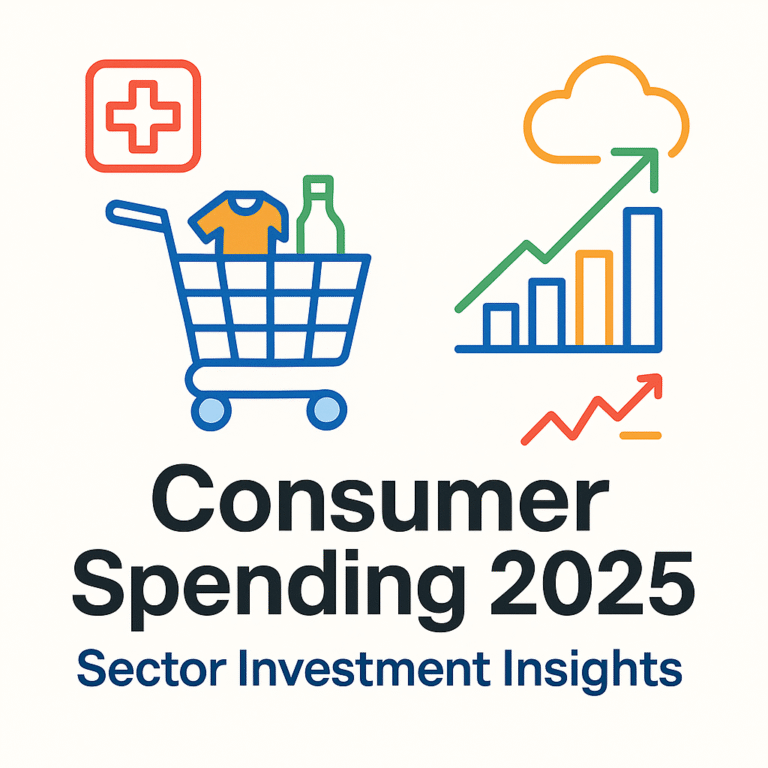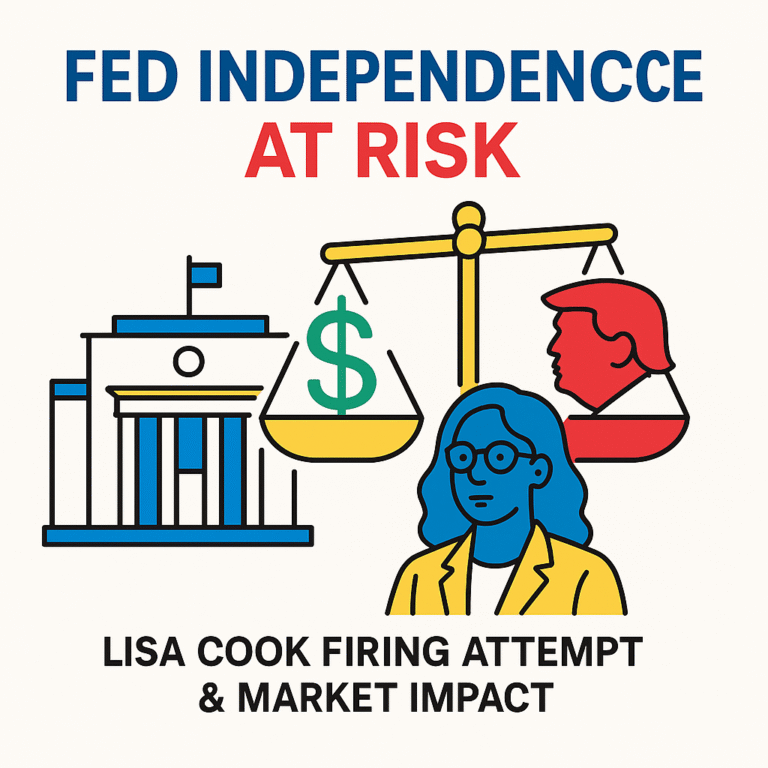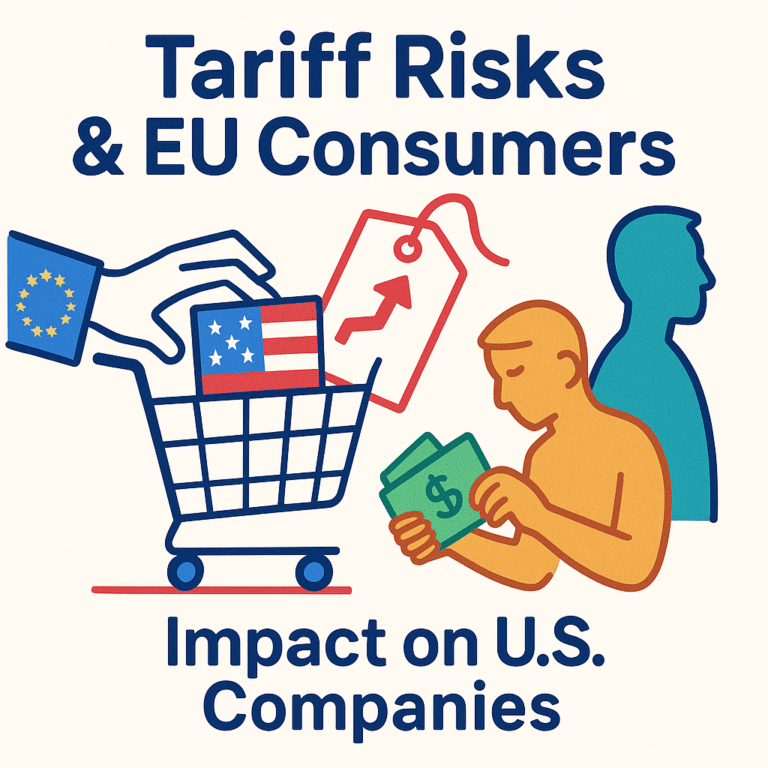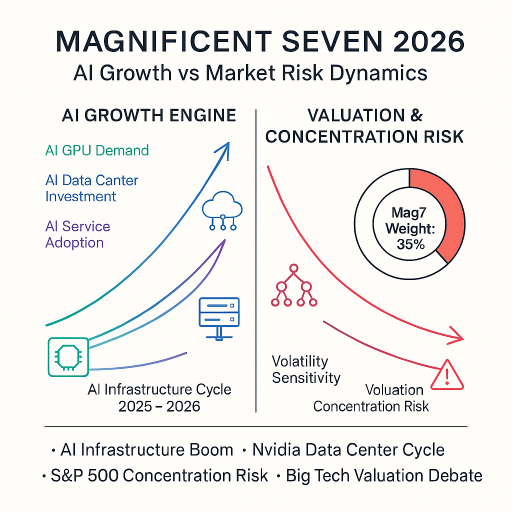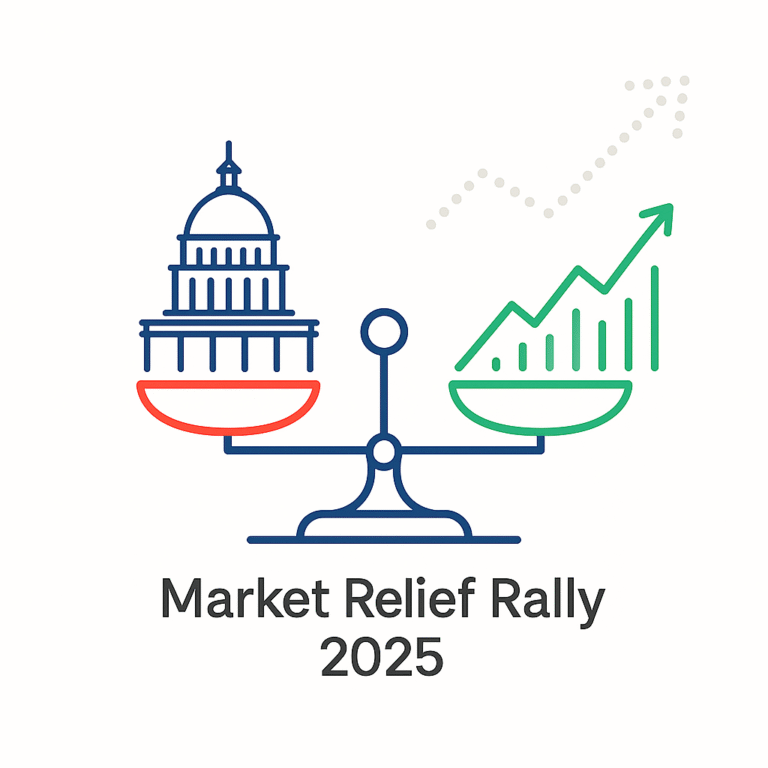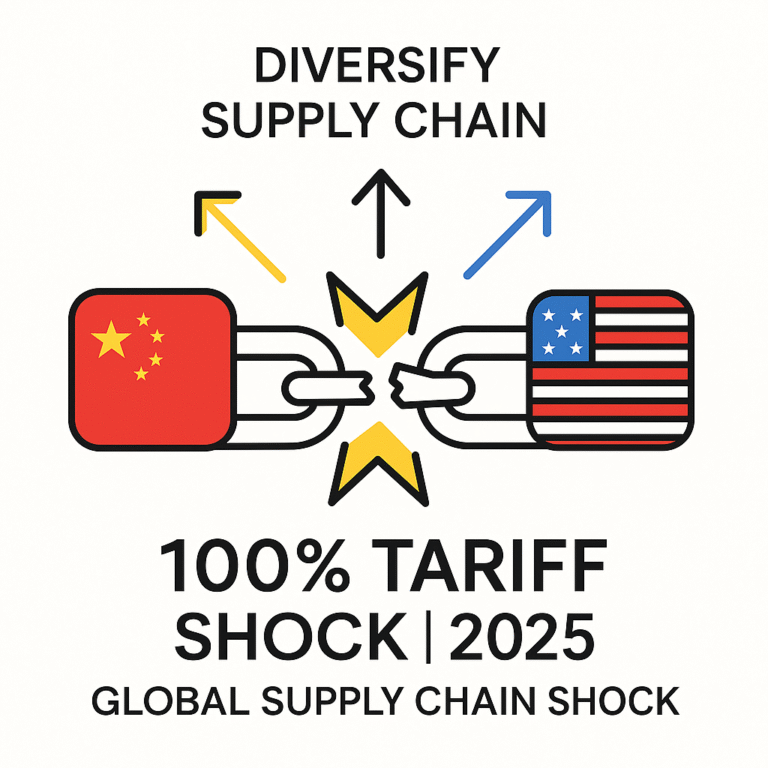U.S. Government Shutdown’s Hidden Costs: Why a Prolonged Shutdown Hits Consumer Spending Hard
Explore how a prolonged U.S. government shutdown weakens consumer spending, impacts GDP and investor confidence—latest data and strategic take-aways for 2025.
Key Takeaways
✔ Each additional week of a prolonged U.S. government shutdown may cost the economy up to $15 billion in GDP.
✔ With consumer spending representing roughly 70 % of U.S. GDP, a drop in spending may signal a broader economic turning point.
✔ Federal worker pay delays, suspended contracts and delayed services all contribute to shrinking consumer spending during the shutdown.
✔ Industries such as retail, travel, and financial markets are already seeing ripple effects from the shutdown’s impact on consumer behavior.
✔ For investors and consumers alike, the key risk now is structural softening of consumer demand—not just short-term disruption.
On October 1 2025, the U.S. federal government entered a shutdown after Congress failed to pass funding legislation for the new fiscal year.
This shutdown goes beyond mere administrative deadlock. Given that consumer spending drives approximately 70 % of U.S. GDP, the longer the funding lapse drags on, the greater the risk that consumer spending will slump, dragging the entire economy with it.
For investors, financial-markets watchers, and everyday consumers, the pressing question is: How does a prolonged U.S. government shutdown affect consumer spending—and what does that mean for the broader economy?
Why Is the Shutdown Happening Again?
The shutdown began at 12:01 a.m. EDT on October 1 2025 when Congress failed to enact the appropriations bill for the 2026 fiscal year.
This marks the second-longest full shutdown in U.S. history. Approximately 900,000 federal employees have been furloughed, and another 2 million are working without pay.
Historically, short shutdowns cause minimal damage, but when they stretch out, the economic consequences escalate.
In this case, the size, the number of agencies affected, and the potential for spill-over into consumer and business confidence raise the stakes significantly.
Direct Impact on Consumer Spending from the Shutdown
A shutdown affects consumer spending in two principal ways: a drop in income for the affected and a decline in confidence among the broader public.
First, federal employees and government contractors face delayed pay or furloughs. Their discretionary spending falls.
Second, consumers outside the federal workforce observe the uncertainty and tighten their wallets pre-emptively. Confidence slips, and spending dries up.
Given that U.S. consumer spending accounts for about 70 % of GDP, even modest spending declines can cascade into broader economic weakness.
For example: estimates suggest consumer spending could fall by roughly $30 billion in a month-long shutdown.
Retailers, restaurants, and travel firms—sectors sensitive to everyday spending—are likely to feel the impact first.
Quantifying the Economic Loss: A Data Comparison
|
Metric |
Detail |
Source |
|---|---|---|
|
Consumer spending’s share of GDP |
~70% in the U.S. economy | |
|
Weekly GDP loss estimate |
Up to $15 billion/week during shutdown | |
|
Estimated drop in consumer spending |
≈ $30 billion for a month-long shutdown | |
|
Previous major shutdown cost |
2018-19 shutdown (~35 days) cost at least $11 billion |
These figures illustrate how swiftly a prolonged U.S. government shutdown can translate into measurable economic damage. The combination of direct lost income and indirect loss of confidence creates a dual-shock: supply and demand both take hits.
What Experts Are Saying About Prolonged Shutdown Risks
“Lost federal worker pay, lost contracts, lost services, and reduced consumer spending will all drag on the economy more the longer the shutdown continues.” – Investopedia analysis
“Given that consumer spending accounts for 70 % of economic activity, a fall in consumer confidence could signal a turning point in the economy.” – Baker Institute report
In short: It’s not just the immediate disruption. The fear of unpaid wages, stalled services and delayed data feeds into behavioral responses—consumers spend less, businesses pull back, growth slows.
Financial markets are already responding: when key economic data releases get delayed due to the shutdown, the uncertainty drives up volatility in stocks and bonds.
Industry & Market Ripple Effects from Consumer Spending Drop
Retail & Consumer Goods: With fewer paychecks and weaker confidence, households reduce discretionary spending. Retailers may see sales decline, inventory pile up, and promotions ramp up.
Travel & Leisure: Staffing shortages at agencies like TSA, airport delays and weaker bookings all stem from the shutdown. Travel demand often drops earlier than overall consumption.
Financial Markets & Investment Strategy: Investors monitor consumer spending as a lead indicator. If spending slips, earnings forecasts get revised down. Delayed or missing economic data muddy forecasts and hamper decision-making.
In effect, when consumer spending falters, entire sectors adjust, and investor sentiment shifts from growth to risk-off.
What Comes Next: Scenarios, Risks & Timing
The key variable is how long the shutdown lasts. If it resolves quickly—within a week or two—the damage may remain manageable.
But if it drags on 3-4 weeks or more, the broader economy may enter a phase of structural softening in spending and confidence.
Historical precedent: shutdowns longer than 3 weeks often require 2-3 months or more for consumer spending to rebound.
Even after the government reopens, a “spending lag effect” may delay recovery. Consumers may hold back, fearing future disruptions.
From an investment or personal finance perspective:
- Watch for leading indicators such as retail sales, consumer sentiment, and delayed government-published data.
- Consider whether your portfolio is weighted toward sectors overly exposed to U.S. consumer spending.
- For individuals: maintain caution around large discretionary purchases until clarity returns to the funding and policy outlook.
The current U.S. government shutdown is more than a budgetary standoff—it is a potential trigger point for consumer-spending weakness, which in turn can ripple across the entire economy.
Whether you’re an investor, advisor, or everyday consumer, this moment calls for attention not just to political headlines, but to how consumer behavior changes in response to the shutdown.
Review your investment exposure to U.S. domestic consumer sectors.
Revisit your spending and savings plan in light of increased uncertainty.
Timely action now can help mitigate the risks stemming from a prolonged U.S. government shutdown and its impact on consumer spending.
References
- Politico: “US to lose $15 billion in GDP each week of a shutdown.” Politico
- The Guardian: “Government shutdown could cost US economy billions of dollars a week.” The guardian
- Investopedia: “As the Government Shutdown Continues, Economic Risks Grow…” Investopedia
- Baker Institute: “US Economy Is Already on the Edge — a Prolonged Government Shutdown Could Send It Tumbling Over.” Baker Institute
- JPMorgan Insights: “US Government Shutdown: What’s the Impact?” JPMorgan
- Brookings: “Government Shutdowns: Causes and Effects.” Brookings

